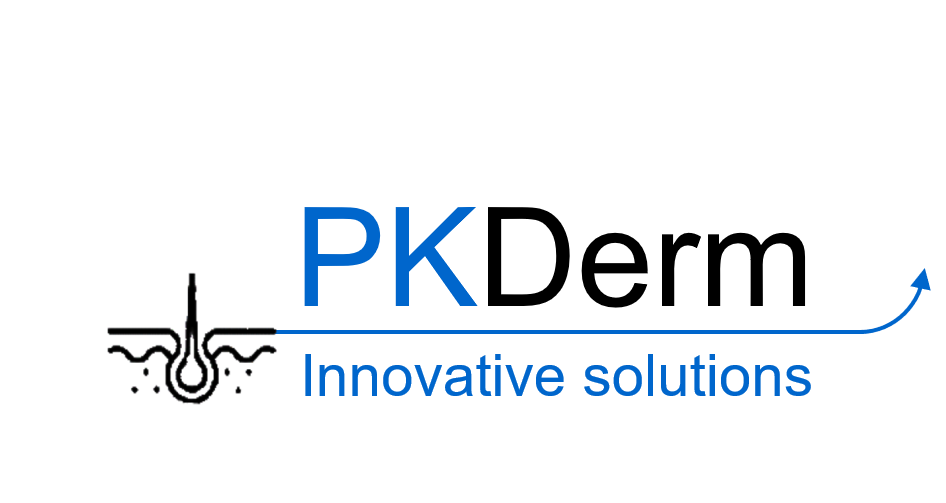Central Role of Estrogen-related receptor alpha in hepatic metabolism, non-alcoholic fatty liver disease and aging
Presenting author: Brijesh K. Singh
Estrogen-related receptor alpha (ESRRA/ERRα) is a member of the nuclear hormone receptor superfamily. Unlike many other nuclear hormone receptors, ESRRA is an “orphan” receptor since there is no endogenous or pharmacological ligand for ESRRA. We previously showed that thyroid hormone stimulated hepatic β-oxidation by inducing autophagy as well as mitochondrial activity and turnover by increasing ESRRA expression. Using various NASH mouse models and aged livers, we observed that there was down-regulation of hepatic ESRRA expression and lysosome-autophagy pathway. To better understand this potential relationship between ESRRA and lysosome, we performed an unbiased proteomics analysis of hepatic cells under starvation, a physiological process inducing lysosome-autophagy pathway, where we identified ESRRA-PPARGC1A axis is associated with the mitochondria and lysosome proteins and related pathways. We further examined liver tissues and the hepatic transcriptomes from NAFLD patients and a several NAFLD mouse models, and found that there was concurrent downregulation of ESRRA and lysosome-autophagy gene as well as proteins expression. Later we further confirmed this in the livers collected from global and liver-specific ESRRA knockout mice. In contrast, overexpression of ESRRA in mice livers led to increased autophagy and lysosomal activity. Moreover, analysing livers from aged mice or senescent hepatic cells also showed similar signature. Additionally, molecular and metabolomic phenotyping of the liver tissues from young ESRRA knockout mice and aged livers showed signatures associated with NAFLD, insulin resistance and aging. While overexpressing ESRRA in senescent cells restored lysosomal proteins. In summary, our findings demonstrate that decreased ESRRA-lysosomal pathway plays a critical role in NAFLD development and aging, and thus ESSRA itself may be a potential therapeutic target for the treatment of NASH.


